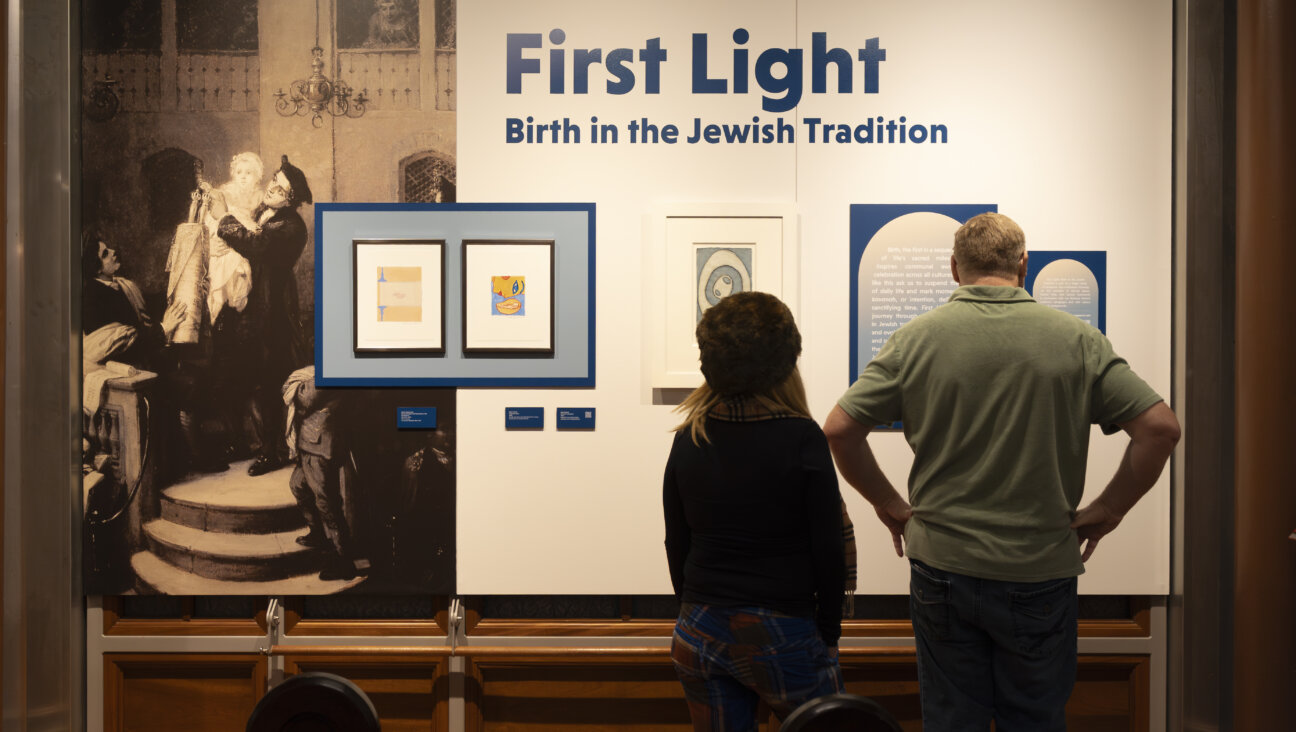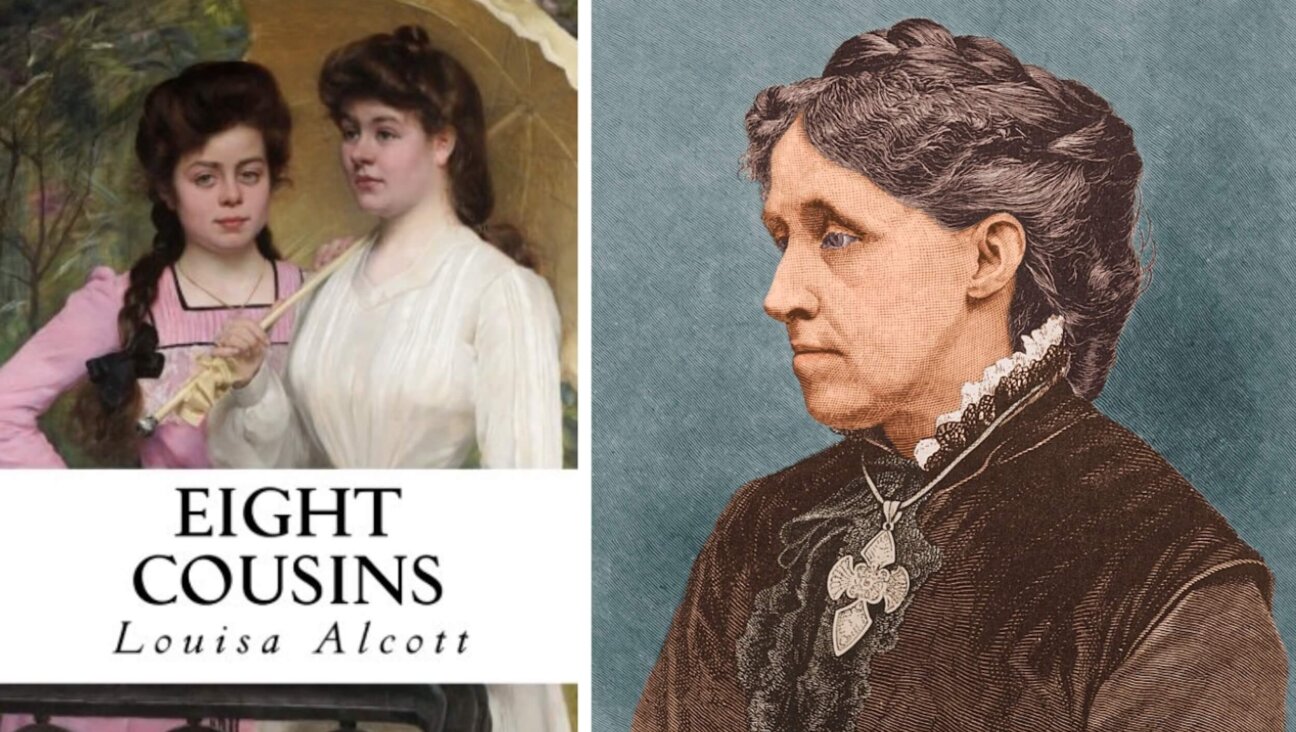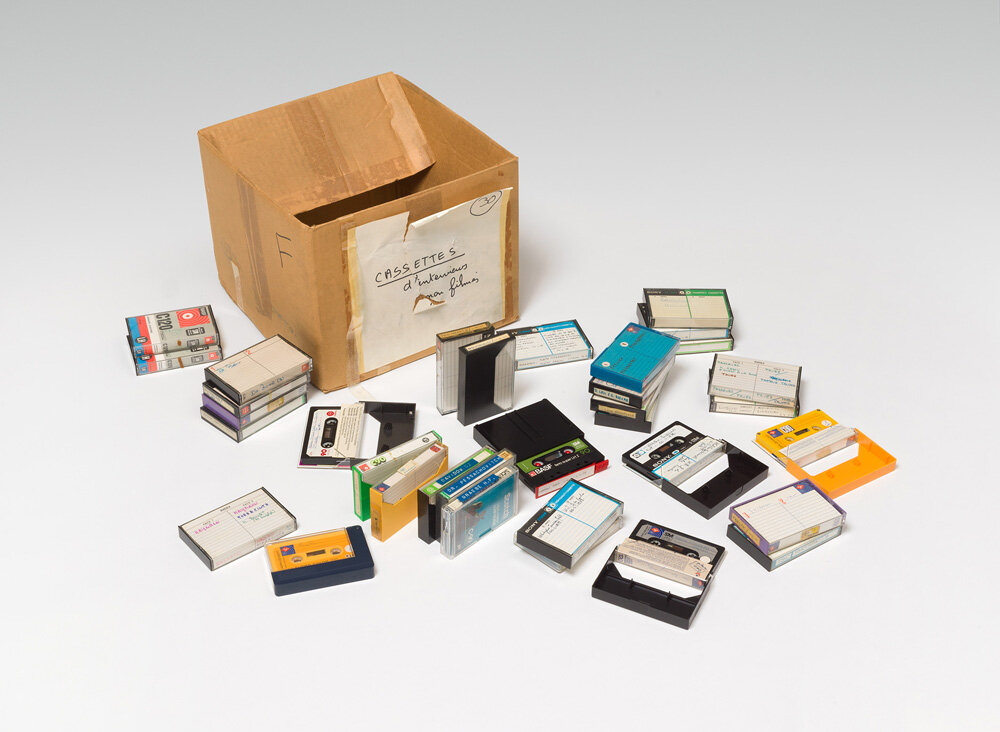How Mussolini’s Jewish lover changed Fascist art and design
Margherita Sarfatti, known as ‘the uncrowned Queen of Italy,’ had a passion for Fascism and Futurism
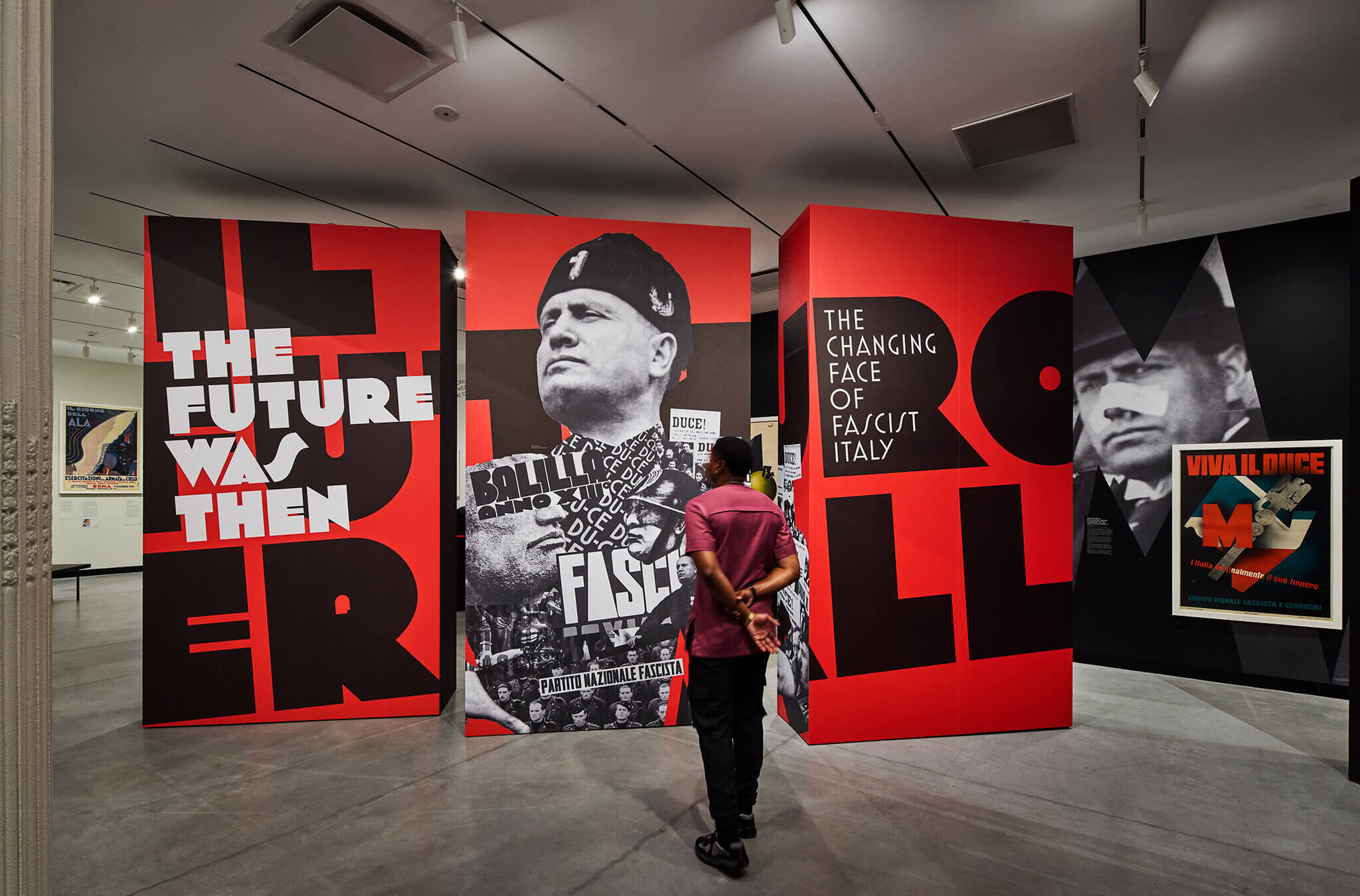
‘The Future Was Then: The Changing Face of Fascist Italy’ examines the intersection of propaganda and art in Mussolini’s Italy. Photo by Samuel Morgan
Not even 70 years after Italy unified, Benito Mussolini’s staged march on Rome so unnerved the government that King Victor Emmanuel III named him prime minister, opening the door to Fascist rule. “And so then began the task of selling Italy: at home, abroad, and as an idea in itself,” according to “The Future Was Then: The Changing Face of Fascist Italy.”
Now on view at Manhattan’s Poster House, the exhibition examines the intersection of propaganda and art in Mussolini’s Italy. Featuring 75 works on loan from the Fondazione Massimo e Sonia Cirulli in Bologna and curated by photographic artist and author B.A. Van Sise, the show explores how the regime used bold design, vivid color and modernist imagery to shape the nation’s self-image and fuel the Futurist movement.
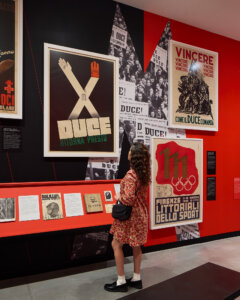
But beyond the bombast, the sleek typefaces and arresting compositions lies a deeper, more complicated story. At its heart is Mussolini’s longtime lover and muse, Margherita Sarfatti, a Venetian Jew whose aesthetic sensibilities helped define the visual language of Italian Fascism.
“It’s not a Jewish show, though a person could argue it has a huge Jewish element since everything goes back to Margherita Sarfatti, who’s as Jewish as they come,” Van Sise said. “Fundamentally, Sarfatti’s the core of the show. The entire Italian art establishment changes gears because Mussolini’s girlfriend likes Futurism.”
Born in 1880 into a wealthy Jewish family, Sarfatti became a journalist, art critic and socialite who served as Mussolini’s adviser, biographer and cultural strategist. She funded Il Popolo d’Italia and was, as the exhibition text notes, “the uncrowned queen of Italy.”
“Think Gertrude Stein with better couture,” Van Sise said. “Every single thing in this show exists because of her — the Duce’s girlfriend adored Futurist art, and her taste dictated the direction of Italy’s visual culture. Artists and movements jumped ship to follow her lead, obeying in advance.”
Her influence is evident in pieces such as Marcello Dudovich’s 1936 poster “Esposizione Rhodia Albene alla Rinascente,” which depicts two elegantly dressed women striding in lockstep, evoking Sarfatti’s emphasis on fashion, modernity and movement.
The exhibit unfolds in three sections — “Italy as an Idea,” “Italy at Home,” and “Italy in the World” — each highlighting how Italian identity was constructed through imagery that linked domestic life, political messaging, and global ambition.
“Cioccolato Ali d’Italia,” a poster from 1931, depicts a sleek silver aircraft soaring across the page. Created to commemorate Minister of Aviation Italo Balbo’s transatlantic flights to South America, the image showcases Italy’s growing aviation prowess. A small rendering of Columbus’ ship tucked in the corner underscores the regime’s imperial aspirations.
The 1933 “Ardita Fiat” poster highlights the introduction of the Fiat Ardita, a streamlined, torpedo-shaped car whose name, which means “the daring one,” embodied Fascist vigor. In it a woman sits behind the wheel, her white gloves and black fez hat mirroring those worn by the Arditi, Italy’s elite assault troops.
Van Sise said it was essential to acknowledge the significant, though often overlooked, role Italian Jews played in Fascism’s early years. Among them were Gino Arias, an economist who addressed the National Fascist Party shortly before it seized power in 1922; Elisa Majer Rizzoli, who led the party’s women’s wing; and Guido Jung, an Orthodox Jew who served as finance minister.
“It was really important to include the Jewish history of the Italian Fascist period because it’s partly my own,” Van Sise said. “My family were Tunisian and Libyan Jews who came to Italy, and some branches were old-line Italian families — there for centuries, if not a millennium.”
Eventually Jews were targeted in Italy. By 1938 Mussolini had enacted racial laws, forcing thousands of Jews, including Sarfatti and Van Sise’s grandfather, to flee. Sarfatti spent her exile in Switzerland, Argentina, and Uruguay before returning after the war, only to learn her sister was among the more than seven thousand Italian Jews murdered in the Holocaust.
Van Sise’s grandfather also returned, before the war’s end, and joined the partisans.
He provides the exhibition’s stark coda: a small black-and-white photograph showing the corpses of Mussolini and others hanging by their heels in Milan’s Piazzale Loreto. The photographer was Van Sise’s grandfather.
“It’s a brutal image,” Van Sise said. “But it brings the story full circle — art, politics and identity collapsing into history itself.”
“The Future Was Then: The Changing Face of Fascist Italy” runs through Feb. 22 at the Poster House.
